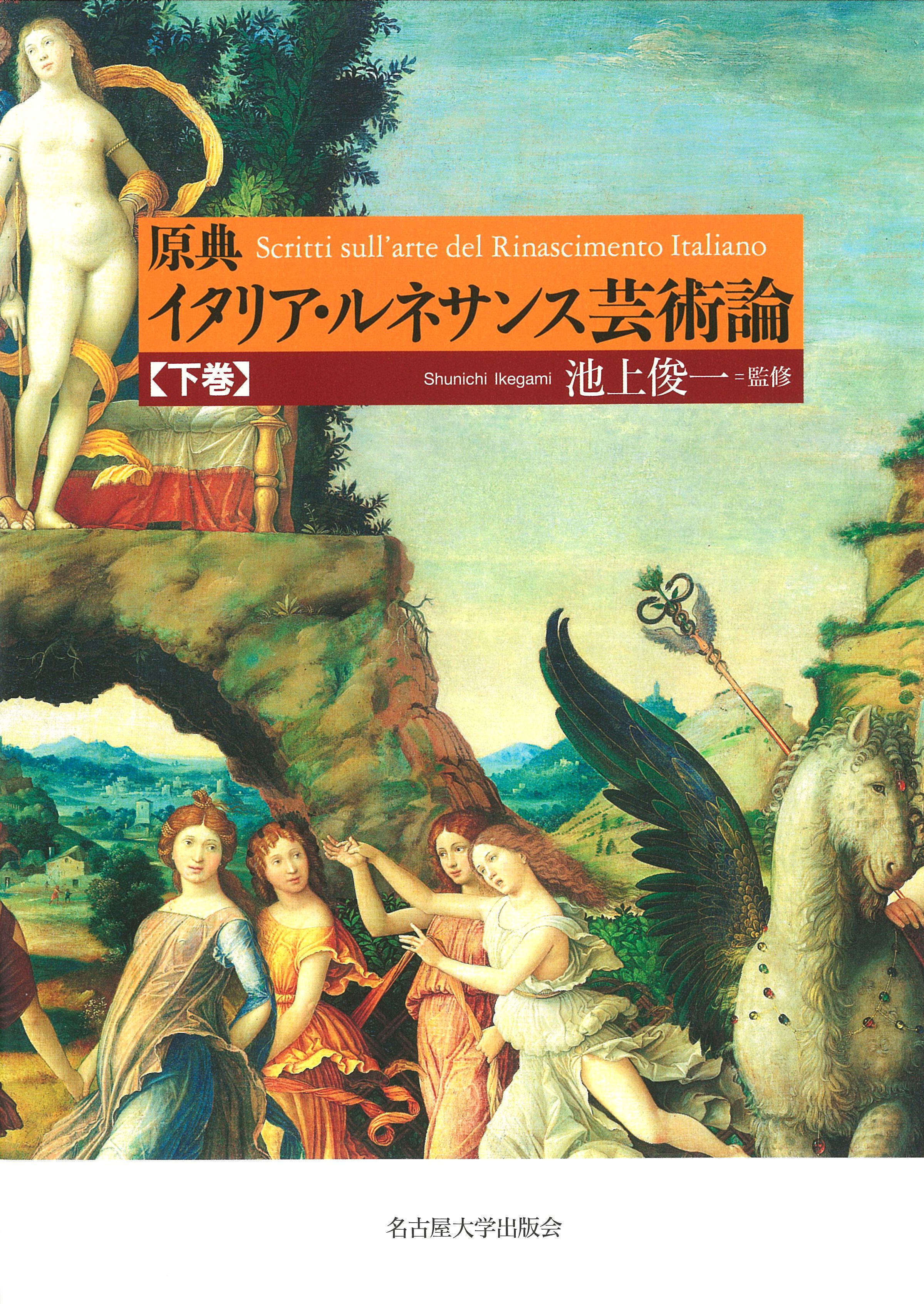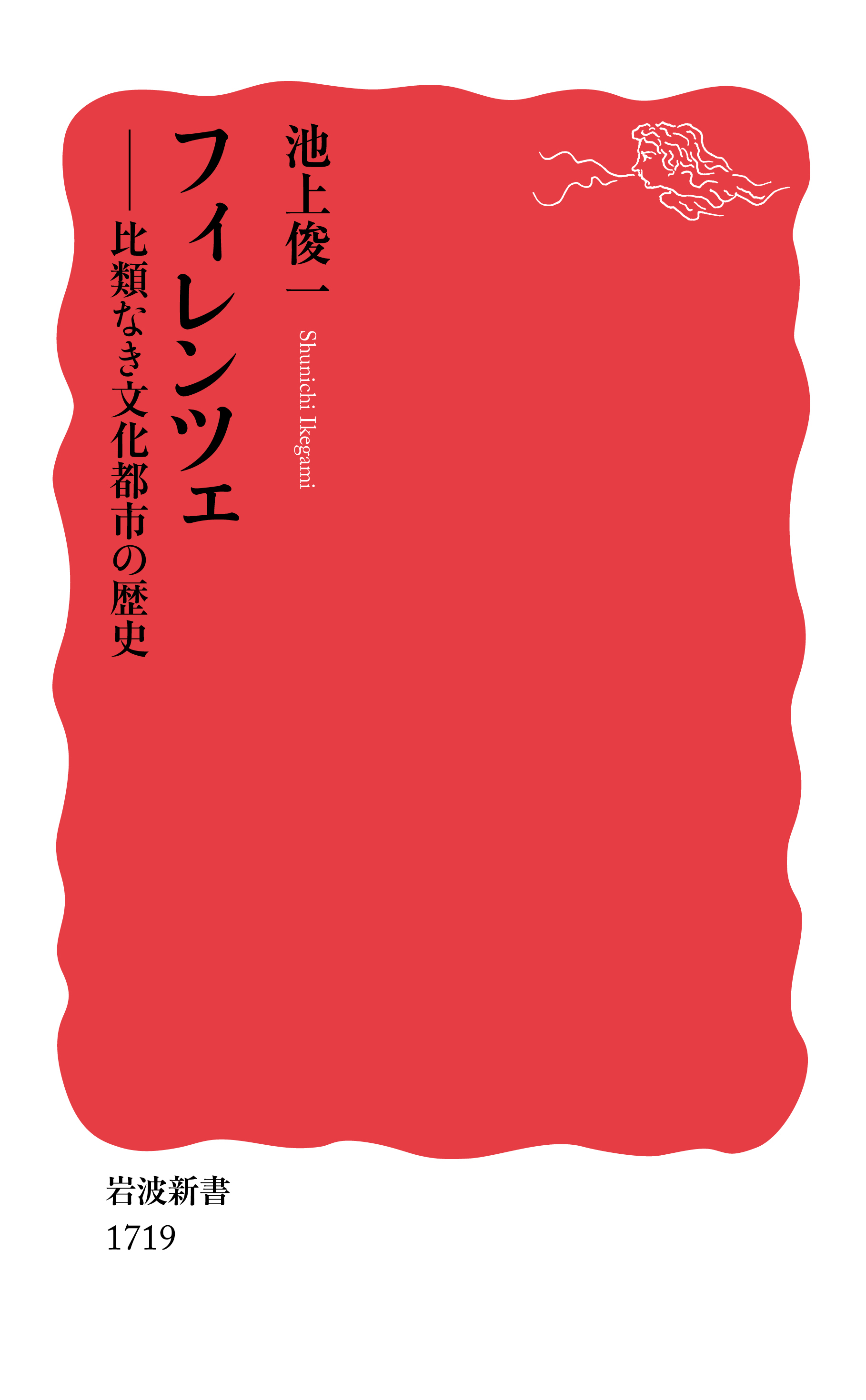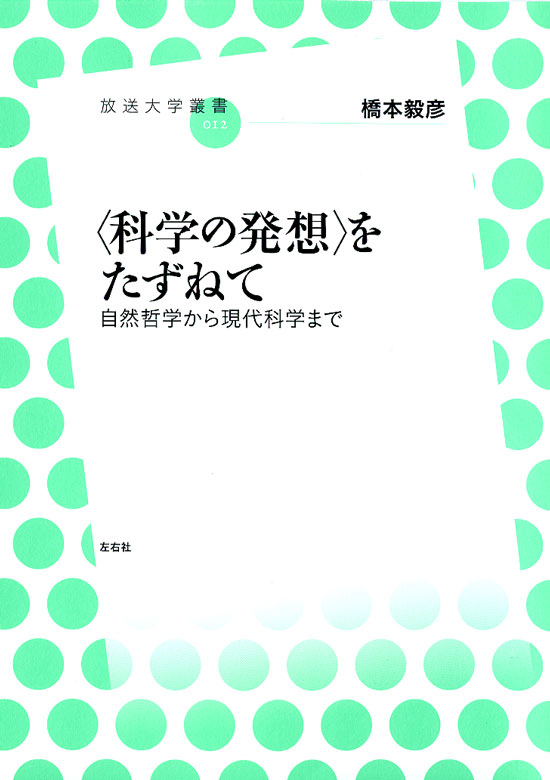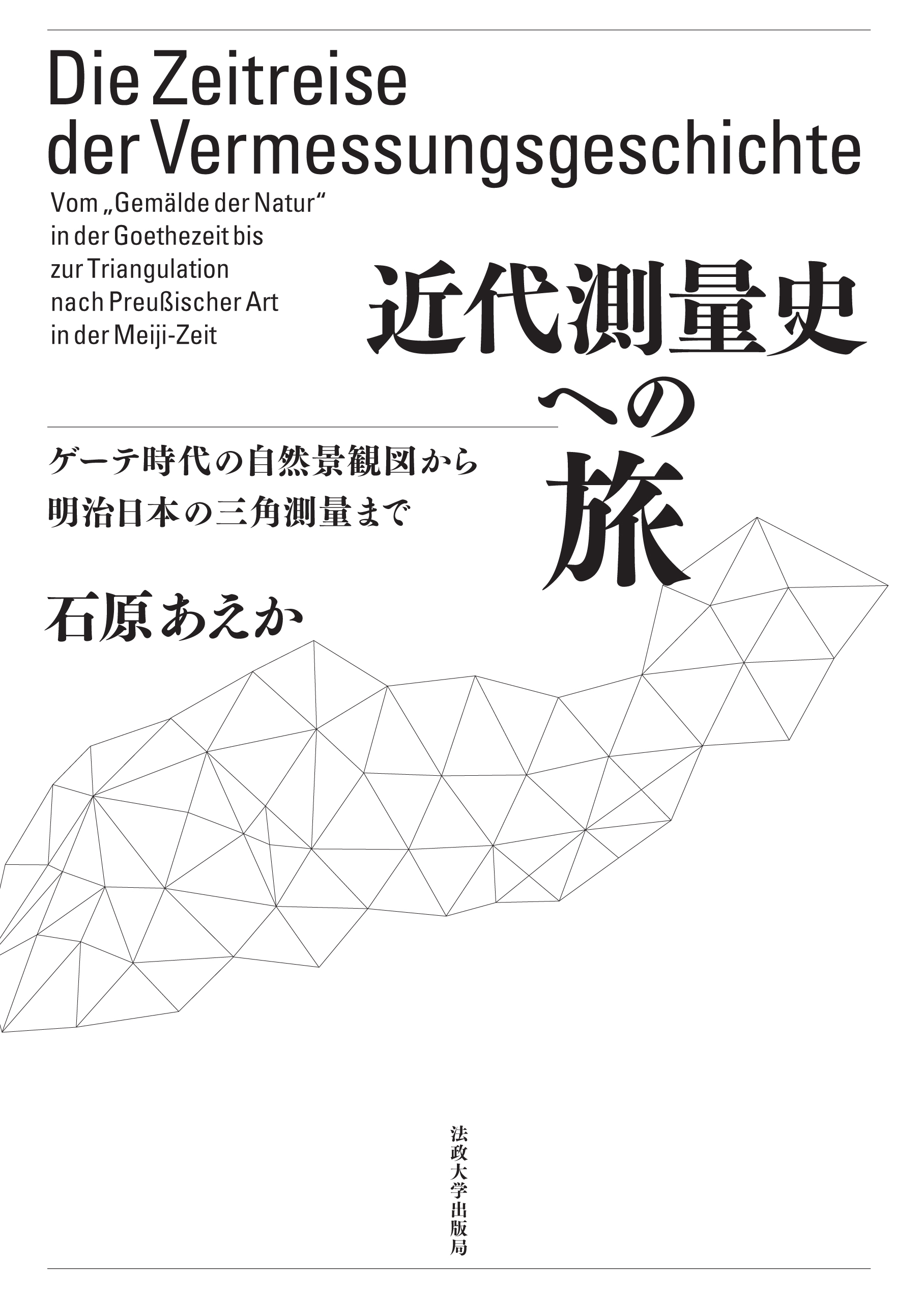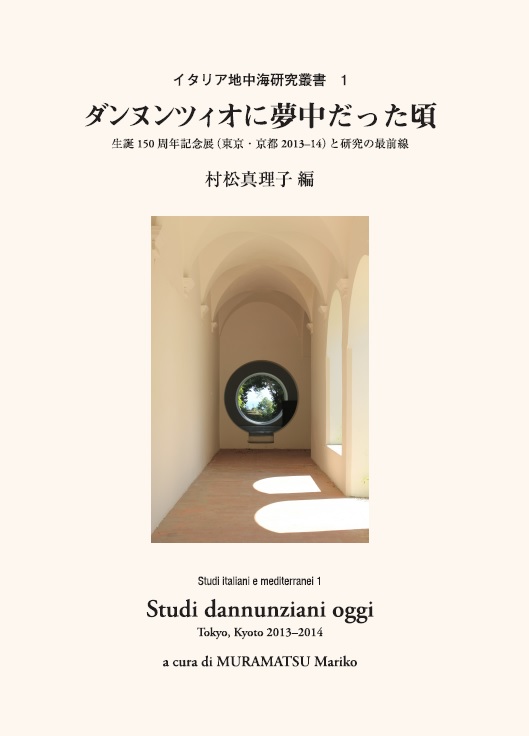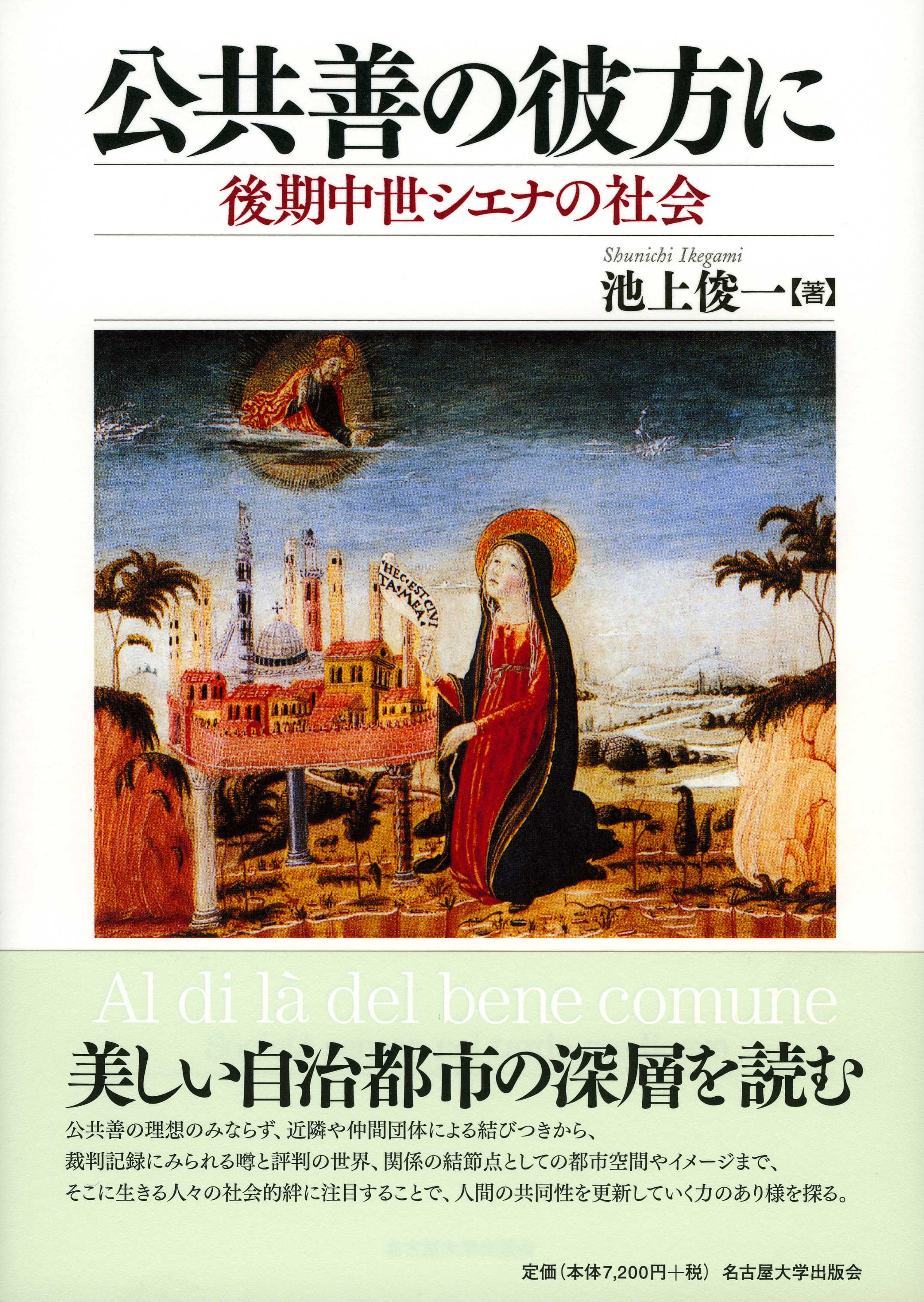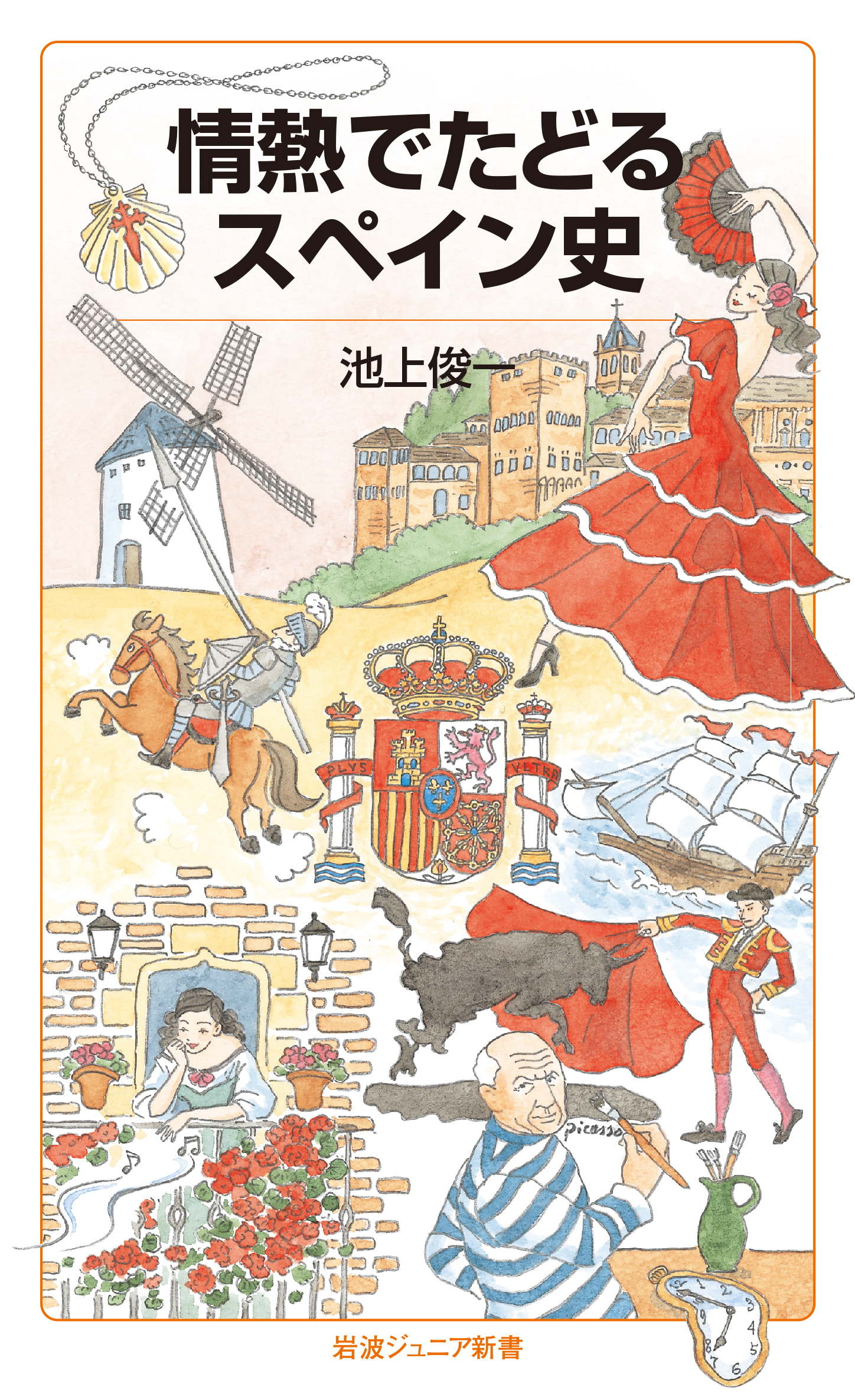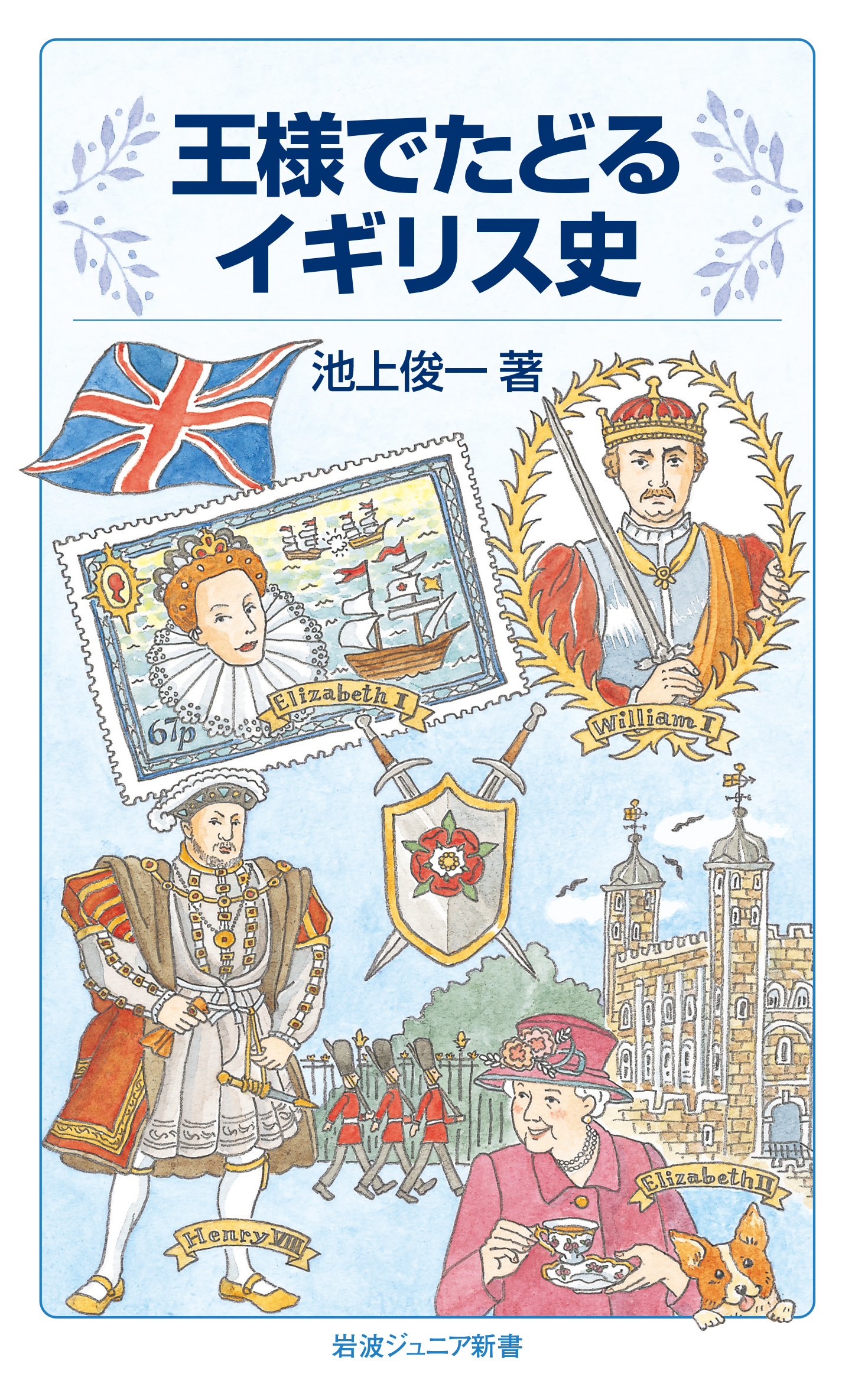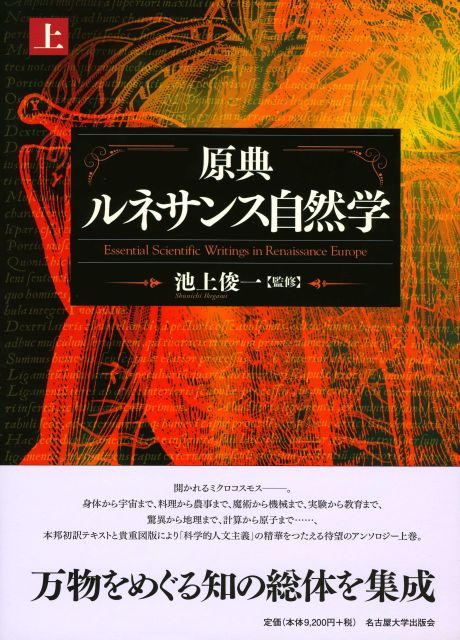
Title
Genten Renaissance Shizen-gaku (Original Book Essential Scientific Writings in Renaissance Europe - 2 vols.)
Size
[vol.1] 650 pages, octavo、hardcover [vol.2] 656 pages, octavo、hardcover
Language
Japanese
Released
2017
ISBN
[vol.1] 978-4-8158-0880-8
[vol.2] 978-4-8158-0881-5
Published by
The University of Nagoya Press
Book Info
See Book Availability at Library
Japanese Page
Re-examining the relationship between man and nature has become an urgent issue, especially given the sense of impasse modern civilization experiences as it is confronted by problems associated with environmental destruction and frequently occurring natural disasters. In these circumstances, we are compelled to reconsider the significance of modern Western science. What was the understanding of nature before the birth of modern scientific civilization? Especially in recent years, emphasis has frequently been on many aspects that cannot be understood only through past retroactive—modernist—perspectives in Renaissance physics, which are thought to have laid foundations for modern science.
Therefore, this book was planned and published to show the spread of the Renaissance’s multifaceted and rich physics, including aspects passed down to the present day, those that have been denied, and those whose influence has spread quietly and unconsciously, through the original work’s translation-introduction. In addition, care was taken not to give in to retroactive approaches imprisoned in progressive views of history or the illusion of a modernist approach, and, conversely, to avoid know-it-all airs by unnecessarily taking up witchcraft, the occult, and mysticism. The editor has not overlooked that at that time, exact sciences of astronomy, medicine, and mathematics were considered part of the magical conception of the whole universe and nature that, as one “entity,” flowed with vital force from God. Additionally, the editor notes that, in the era with the sudden rise of mechanical philosophy, the principles of Paracelsus or Natural Magic were extremely popular that even Kepler and Newton were captivated by these views. Even the study of anatomy and natural history had not severed connections with this magical worldview. However, the editor has been painstakingly careful in selecting texts and composing the whole, so as not to ignore development of technological and rational sciences inherited by future generations. He has made a balanced selection and presented an overview of the late Renaissance period’s entire intellectual situation to approach physics’ significance at that time in Western civilization.
Specifically, the editor has included texts of 30 representative naturalists—in a broad sense—from the first half of the 15th to the late 17th century. Themes vary, such as flora and fauna, geography, astronomy, optics, mathematics, natural magic, alchemy, miracles, anatomy, medicine, chemistry, medical hydrology, culinary arts, agriculture, mechanics, engineering, metallurgy, and others. Additionally, works on themes not necessarily primary in the history of science have also been considered. In general, the late Renaissance period greatly widened the geographical range from Italy to Western European countries, and the origin of authors considered in this book are not limited only to Italy but from a wide range including England, Germany, France, Belgium, Poland, and Denmark.
As far as possible, representative scientists and authors’ selected works are translated in an unabridged form and, in principle, previously translated works have been excluded. For original books containing many illustrations, efforts were made to reprint as many of them as possible. Renaissance humanism that flourished mainly in Florence in the second half of the 14th century and in the 15th century had a wide range of influence on science and scientific thought from the late 15th to the mid-17th century. Further, works compiled in this book constitute the essence of scientific humanism or the study of human nature. As a work supported by professional researchers, everything has been translated from the original work, and, in addition, the translator’s commentaries on each naturalist’s writings have been included.
By presenting the entire picture of physics, which formed the core of knowledge during the Renaissance, the editor hopes to throw fresh light not only on the Renaissance but also on the Middle Ages preceding it and on the continuing modern period.
(Written by IKEGAMI Shunichi, Professor, Graduate School of Arts and Sciences / 2018)



 Find a book
Find a book


